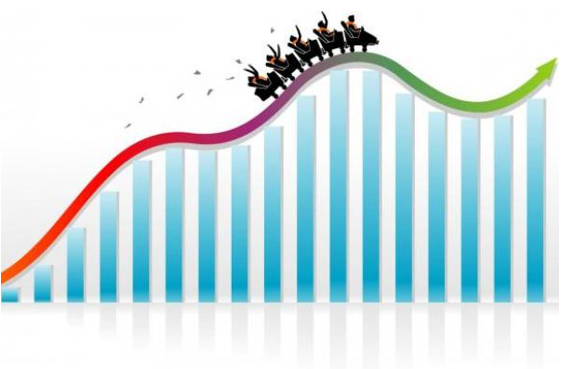Getting to know volatility swaps a little better

What are volatility swaps?
There are many kinds of forwarding contracts, and one of those is a volatility swap. It has a payoff depending on the underlying asset's volatility. Volatility is the increase and decrease rate of the security's price for a specific set of returns. It is a cash settlement, but it depends on the difference between volatility strike and realized volatility. When we say volatility strike, we also refer to the fixed volatility that was already determined beforehand. This is a way to trade the asset's volatility without trading the underlying asset directly.
Tell me more about volatility swaps.
Investors can make speculation upon the underlying asset's volatility with this volatility instrument. Here is the catch: there is no price influence. Hence, investors can speculate the asset's volatility.
Volatility swap's name does not suggest its meaning. Its name is volatility swap, but it is not a swap per se, at least in the traditional sense. How can we say so? The swaps that we usually encounter are structured contracts that are made up of cash flows. And usually, the fixed rate is always matched with the variable rate. So, in this case, the term swap does not really suggest swap. In reality, volatility and variance swaps are forward contracts that come with payoffs. And these payoffs depend on underlying asset's observed or realized variance. What are variance swaps? They are somehow similar to volatility swaps. The payoff depends on the realized variance.
The settlement and payoffs
We can calculate the payoff during the settlement with this formula:
Payoff= Notional value x (Volatility - Volatility Strike)
We already mentioned the term volatility strike earlier. This is the fixed number that tells us the market's volatility expectation as the swap begins. It somehow represents the implied volatility, but it is entirely different from the typically implied volatility that we see in options. Usually, the setup of the volatility strike is at the swap's beginning so that the payoff's NPV (net present value) is zero. The payoff depends on the volatility when the contract ends if we assume that it is not similar to the implied volatility or the volatility strike.
How can we use these volatility swaps?
The volatility swap is the pure play on the volatility of the underlying asset. And when we say pure play, we refer to companies that only focus on one type of good or service. We mentioned that volatility swaps allow an investor to speculate on an underlying asset's volatility. Aside from volatility swaps, this is also possible with options. However, an additional risk hedging is needed for completion because options have directional risks. Also, the prices are based on many things like time, expiry, implied volatility, and more. Why go with all the trouble when volatility swaps are solely based on volatility? The most common people who volatility swaps include directional traders, spread traders, and hedge traders.
Let us summarize
A volatility swap is a type of forward contract that comes with a payoff. The payoff depends on the difference between the volatility strike and realized volatility. It is also the contract's notional value time the difference of volatility strike and realized volatility. Even if the name is volatility swap, it does not necessarily mean that it is a swap because the usual swaps have cash flow exchange on either fixed or varying rates.




